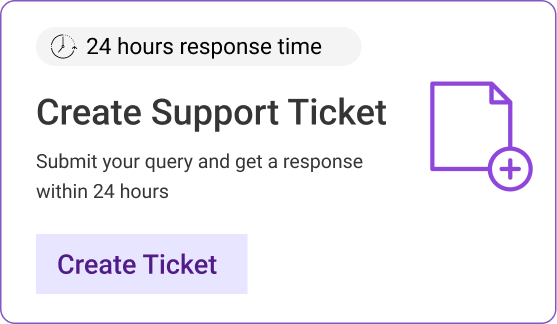Typically, if you're confident about the text in your book conveying the story or concept clearly, you're already good to go ahead and publish it.
But in those cases where images can explain some concepts more concisely than a paragraph of text, it is important to keep in mind some crucial guidelines for selecting and preparing the images you want to add to your book so they appear optimally in both print and eBook formats of your book.
Why should you care about the images in your book?
The quality of your images tells a lot about the credibility of your book and you as an author. It shows your readers that you care not only about your ability to explain concepts with clarity but also about the quality of the reading experience they have.
Guidelines to preparing your images for book publishing.
- Less is More. Rather than cramming multiple photos into your book, try to go as low on the images as possible to save on production costs. Only include pictures that add value to your readers and not just for the sake of having them in the book. Also, try to avoid using the same image multiple times in your book.
- Quality is KEY. Your images must be in a 300 DPI (Dots per inch) resolution or higher. The accepted image formats are jpeg. or ping. If you cannot find images in this resolution, look for alternate image options. Lower quality images get blurry and pixelated once printed in a book. Refer to the example below.

- Always Use Copyright-Free images. Check all your images to ensure that they are copyright-free. Using copyrighted images might land you in trouble as the image might actually belong to an artist.
- Where to source your images? Don't just Google for images. They are usually very low quality and are copyrighted under the artist's name. You can use your own high-resolution photos, or search for copyright-free images on Creative Commons or choose stock photos from reputed image libraries online to ensure you get high-quality, copyright-free images for your book. Some of the top image libraries you can use are- istockphoto, shutterstock. freeimages, gettyimages, stockvault, photogen, 123rf.
- Editing and Arranging Images. Before you submit your manuscript, please ensure that your images are edited, captioned, and arranged in the manuscript as per your book's requirements for a seamless publishing experience. The images and other graphics are as much part of your book as the text and as an author, you are the best judge on the placement of images.
Some Frequently Asked Questions
How can I check the resolution of my images?
- Right-click on the image file and select Properties.
- In the window that opens, click the Details tab.
- Look for the number of pixels under the "Image" header.
- Divide the number of pixels by the image size. For example, the pixel count of your image is 1200 x 1800, and the image is 4" x 6". That means your image has 300 DPI.
If I can't find a high-quality image in 300 DPI, can I convert it using an online converter on the internet?
Unfortunately, online converters can only enlarge an image or make them smaller. No software can improve the resolution or add more detail to an already low-resolution image. This is why, even if the converted images says its 300 DPI, the image would still look pixelated or blurry. All the software would've done is enlarge the image. The only surefire way to get a high-quality image is if you edit the original image (if you own it) or source high-quality images from a credible source as mentioned above.
I am happy with having low-resolution image/is in my book. Can't we just go ahead and print it?
Even if you print your book with low-resolution images, your book might not be listed for sale on various online sales channels as they will flag it down during their review of your print-ready files.


